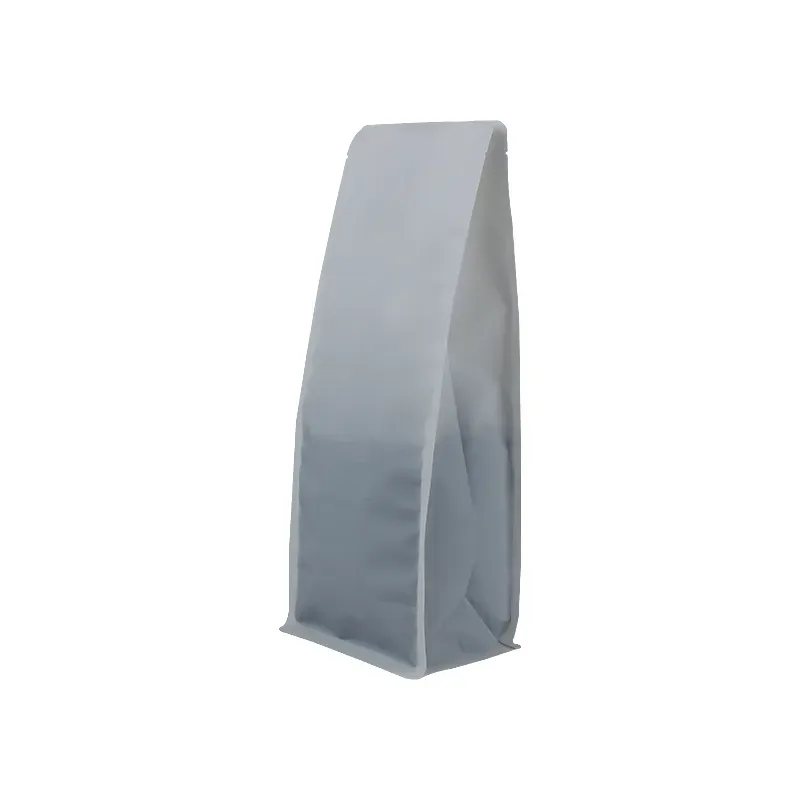- Afrikaans
- Albanian
- Amharic
- Arabic
- Armenian
- Azerbaijani
- Basque
- Belarusian
- Bengali
- Bosnian
- Bulgarian
- Catalan
- Cebuano
- chinese_simplified
- chinese_traditional
- Corsican
- Croatian
- Czech
- Danish
- Dutch
- English
- Esperanto
- Estonian
- Finnish
- French
- Frisian
- Galician
- Georgian
- German
- Greek
- Gujarati
- haitian_creole
- hausa
- hawaiian
- Hebrew
- Hindi
- Miao
- Hungarian
- Icelandic
- igbo
- Indonesian
- irish
- Italian
- Japanese
- Javanese
- Kannada
- kazakh
- Khmer
- Rwandese
- Korean
- Kurdish
- Kyrgyz
- Lao
- Latin
- Latvian
- Lithuanian
- Luxembourgish
- Macedonian
- Malgashi
- Malay
- Malayalam
- Maltese
- Maori
- Marathi
- Mongolian
- Myanmar
- Nepali
- Norwegian
- Norwegian
- Occitan
- Pashto
- Persian
- Polish
- Portuguese
- Punjabi
- Romanian
- Russian
- Samoan
- scottish-gaelic
- Serbian
- Sesotho
- Shona
- Sindhi
- Sinhala
- Slovak
- Slovenian
- Somali
- Spanish
- Sundanese
- Swahili
- Swedish
- Tagalog
- Tajik
- Tamil
- Tatar
- Telugu
- Thai
- Turkish
- Turkmen
- Ukrainian
- Urdu
- Uighur
- Uzbek
- Vietnamese
- Welsh
- Bantu
- Yiddish
- Yoruba
- Zulu
Steps to Achieve CSA Certification Successfully and Efficiently
How to Get CSA Certification A Comprehensive Guide
In today’s world, safety and compliance are paramount in various industries, especially those related to construction, electrical work, and transportation. The Canadian Standards Association (CSA) plays a crucial role in establishing safety standards and certifications for different products and services. Obtaining CSA certification can enhance your credibility, improve product quality, and ensure compliance with national standards. This article aims to guide you through the process of obtaining CSA certification.
Understanding CSA Certification
CSA certification signifies that a product has been tested and meets strict safety standards established by the CSA Group. This certification is recognized in Canada and many other countries, providing assurance to consumers, businesses, and regulators that a product is both safe and reliable. CSA standards cover a wide range of products, including electrical devices, plumbing supplies, construction materials, and much more.
Step 1 Determine Your Product's Requirements
The first step in obtaining CSA certification is identifying whether your product requires certification and understanding the relevant standards. CSA Group has a comprehensive list of standards covering various industries. You can access these standards through the CSA website or consult with a CSA representative. Knowing which specific standards apply to your product will guide you through the certification process.
Step 2 Prepare Your Product for Testing
Once you understand the standards relevant to your product, the next step is to prepare your product for testing. This preparation may involve
- Design Adjustments Ensure that your product design aligns with CSA standards. This may require modifications to materials, components, or design elements. - Documentation Gather all necessary documentation, including technical specifications, user manuals, and manufacturing processes. Clear and detailed documentation is crucial for the evaluation process. - Quality Management System Implement a quality management system (QMS) within your organization. CSA may require evidence of a robust QMS to ensure ongoing compliance with standards.
Step 3 Select a CSA Testing Laboratory
CSA Group operates its testing facilities, but there are also other accredited laboratories that you can use. Choose a laboratory that is recognized by the CSA and has experience with the specific standards pertinent to your product. The laboratory will conduct testing to ensure your product adheres to the established safety standards.
how to get csa certification

Step 4 Submit Your Product for Testing
After selecting a laboratory, you will need to submit your product for testing. This process generally involves
- Payment of Fees There will be fees associated with the testing and certification process. Ensure that you are aware of all costs involved upfront. - Testing Procedures The laboratory will conduct a series of tests based on the relevant CSA standards. This may include electrical safety tests, mechanical durability tests, and environmental impact assessments.
Be prepared for potential retesting if the product does not initially meet certification requirements.
Step 5 Review and Resolution
Once testing is complete, the laboratory will provide a report detailing the results. If your product passes, you will receive CSA certification. However, if it does not meet the required standards, you will receive feedback on necessary modifications. Use this feedback to make necessary changes and resubmit your product for testing.
Step 6 Maintain Compliance
After receiving CSA certification, it is important to maintain compliance with the standards. This often involves
- Regular Inspections CSA may conduct regular inspections of your manufacturing processes to ensure ongoing compliance. - Updating Standards Keep abreast of any changes in CSA standards relevant to your product. If standards are updated, you may need to adjust your product accordingly. - Renewal of Certification CSA certifications may need to be renewed periodically. Be aware of the renewal process and timeline to avoid any lapse in certification.
Conclusion
Obtaining CSA certification is a vital step for businesses and manufacturers aiming to ensure the safety and reliability of their products in the marketplace. By following the outlined steps—identifying requirements, preparing for testing, selecting the right laboratory, submitting your product, and maintaining compliance—you can successfully navigate the certification process. Remember, achieving CSA certification not only enhances your product's credibility but also contributes to a safer environment for consumers. Embrace the process, and ensure that your products meet the high standards set by the Canadian Standards Association.













